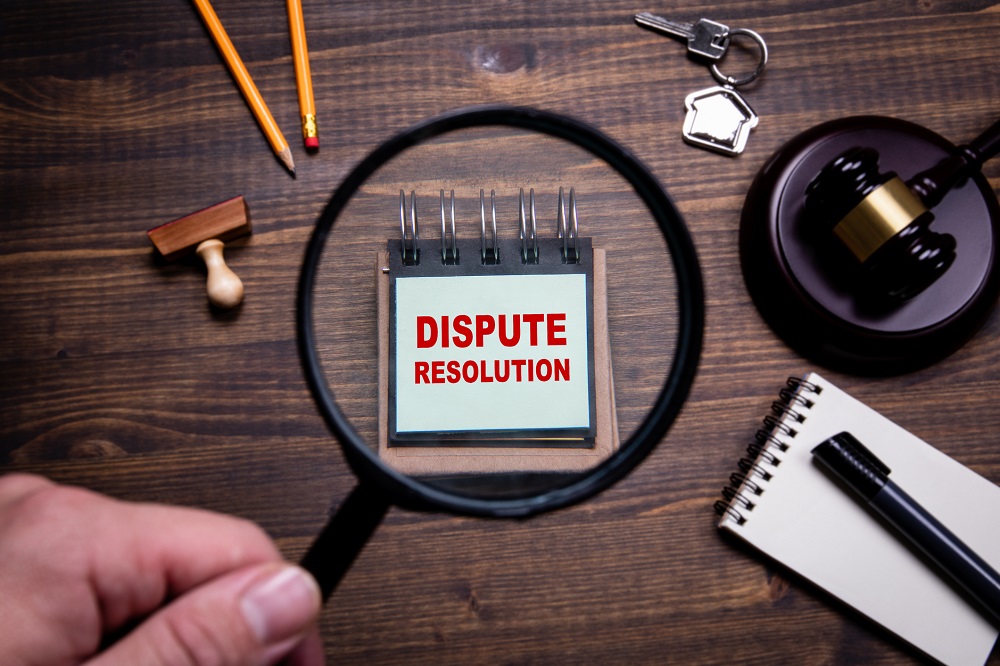Critical Incident Technique – Resolving workplace problems and reinventing yourself
As a teaching operation, we have been very lucky in Taiwan as we have been open throughout the Covid-19 crisis, but the effect of the stress is starting to tell. Conflict in the teachers’ room between staff members and a general sense of despair is starting to show. While I was considering writing about managing staff well-being, there have been a significant number of webinars and articles on the topic. I was also sent a video, These Are Not Unprecedented Times, by Simon Sinek where in the first few minutes he talks about reinventing ourselves to deal with crisis situations. This blog then looks at the Critical Incident Technique both as a reflection on dealing with workplace conflict, but also as a way we can reinvent ourselves and create a pathway forward beyond the current Covid-19 crisis. While teachers are regularly encouraged to reflect on their practice and lots has been written about reflections for teachers by Modern English Teacher and by English Teaching Professional, it is important for managers to also reflect on best practice and issues. The Critical Incident Technique is one way of doing just that.

What is the Critical Incident Technique?
John Flanagan, an American psychologist, developed the Critical Incident Technique as a method to collect data about human behaviour and develop both practical solutions and broader psychological principles. He later expanded this to other areas, and it is a very useful tool for a manager to develop greater understanding of critical incidents in an organisation and find practical solutions to these. It is important to recognise the role of culture, knowledge, relationships, beliefs, emotions, and communication in critical incidents. This means that a critical incident can broadly be defined as any event that holds significance without necessarily being spectacular.
Analysing a critical incident
It is important to realise that a critical incident is analysed after it has occurred and while the process may help dealing with a current situation, it is primarily a reflection tool to generate data for the future. With this in mind, when analysing a critical incident, the following can be used as guiding questions to establish context and significance:
- In what setting did this incident occur?
- What were the circumstances that led to this incident?
- What was the behaviour that led to the incident?
- Who were the people involved?
- What was the outcome or result?
- What are future results if behaviours are unchanged or if the situation is handled in a similar manner?
- Which cognitive, affective or behavioural processes are applicable to this situation based on the context and people involved?
- What are the future results of behaviours are changed?
- What have we learned from this and how can be better adapt or prepare for similar situations?
This is often done with a qualitative analysis of the situation. So, as reflective manager, you could be asking yourself the following questions, but could also use them when investigating incidents with staff or stakeholders:
- How did I feel about the situation? Why?
- What assumptions did I make about the situation?
- Could I have interpreted it differently and how might that have changed the outcome?
- Would other actions have been more successful or helpful? Why?
- What will I do if I face this situation again?

Stages of reflection
The reflection questions above should help you identify most of the stages of reflection outlined below, but they are put here as separate areas to allow you to delve a little deeper into issues and generate a better understanding of the situation.
- Description – What exactly happened and in what context?
- Feelings – How did the relevant parties feel? How did you feel? How did emotions, culture and beliefs contribute to the issue?
- Evaluation – What was good or bad about the situation, result or experience?
- Analysis – How can we make sense of the result, situation or issue?
- Steps forward – What else could have been done? How will this be handled in the future?
Success and limitations
It is possible, and actually happens more often than I think people realise, that a critical incident was handled really well. What is missing then is using the managers or teachers experience in dealing with this situation as a pathway for dealing with similar situations in the future. The process of dealing with successes and strengths is called appreciative inquiry and I will be blogging about this in the future.
Whether it was handled well or not, critical incident analysis allows us to generate rich data and processes that can inform future practice. While experience allows us to deal effectively with situations we commonly encounter, critical incident analysis allows us to look at less frequent incidents and reflect on these regardless of whether the outcome was positive or not. It is important to keep in mind that critical incident analysis looks very much at a personal perspective and whilst the larger-scale contexts that might appear in your management journey exceed the scope of this blog; it is important to build up a repertoire of methods to collect and analyse data that looks at any incident critically. It is, for example, possible to come up with a brilliant solution to an issue that might cost thousands of dollars to implement because cost was not something looked at during the analysis process. Critical incident analysis, like any other tool should not be viewed as the ultimate, but just another tool in the manager’s toolbox for dealing with issues, challenges, conflicts, etc.

Looking forward
Covid-19 has presented us with many questions. How we move forward will be indicative of what we are as an industry and testament of what we have learned from this. Important questions might be:
- What exactly is the role of online learning and does it require language schools in overseas markets (where students travel to another country to study) to adjust their mode of delivery to attract students?
- Will online learning mean teachers based in lower cost of living countries will be able to find online work more easily and if so, how will it impact our industry and teaching qualifications?
- How well have we been dealing with student well-being and what can we do to improve? What would we do differently in the future?
- How well are zero-hour contracts protecting our staff and how big is the risk that they leave to explore careers in other industries? Can we cope with a loss of qualified teachers and what impact will it have on our industry? How do staff feel about these uncertainties?
- How can we future proof our industry and our staff?
Critical incident analysis might not supply all the answers, but at least it is a starting point from which we can analyse the context, the feelings and the behaviours of ourselves and others in our industry and plot a way forward to allow us to reinvent ourselves and keep our industry relevant and operational. Would it look very different in the future? I don’t know and I am sure no-one else really does. But viewing this as a Critical Incident allows us to take stock and design a plan that can only make our industry stronger, better, and more relevant.

Comments
Write a Comment
Comment Submitted